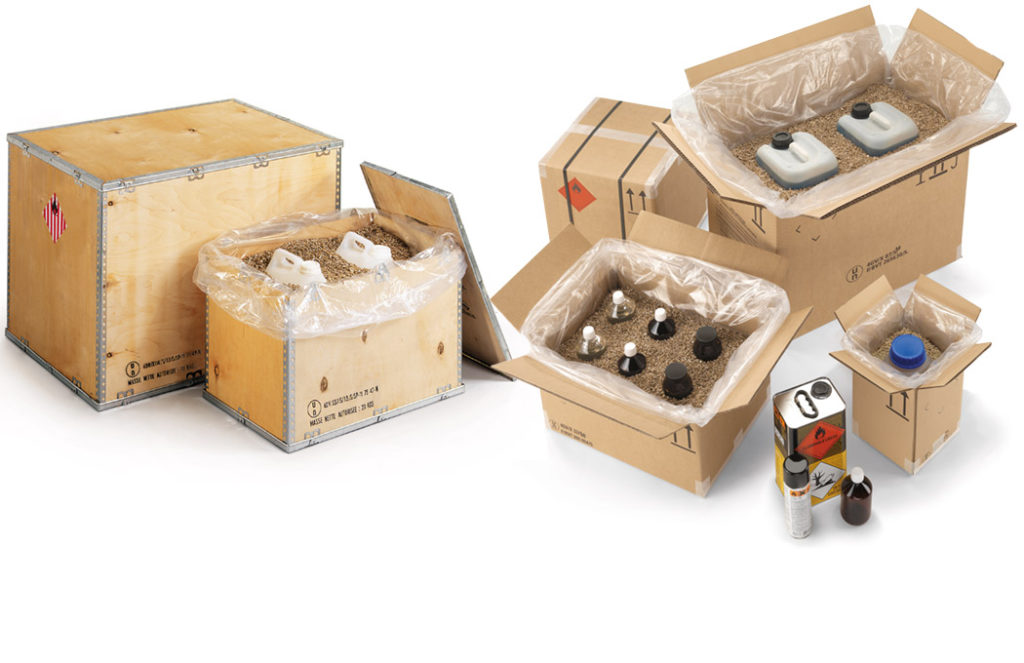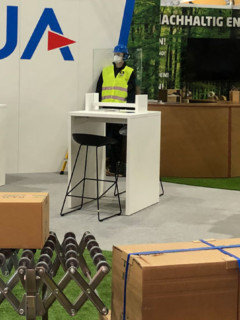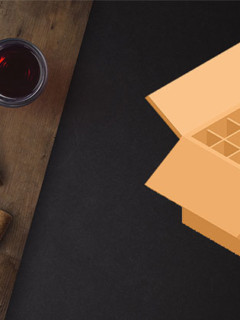The time spent preparing orders in warehouses is a key element in calculating total logistics costs. All companies strive to optimise it: Choosing the right picking method is an essential element in this. Crucial to this: What and how much you ship. There are extremely efficient methods that keep the number of errors as low as possible, even with high order volumes – we present them to you.
From order to dispatch
Order preparation includes these processes:
- Picking: The stage of collecting individual items from their storage locations.
- Sorting: A phase that requires the utmost care! The task is to identify and collect the individual items that correspond to each individual order.
- Packing: Once the products are collected and sorted by order, they are packed for shipment.
There are several methods for Order processing in the warehouse. Which is the most effective depends on the specific needs and activities.
The picking area in the warehouse
If the warehouse receives large quantities of products, it is necessary to first store them in (high)Shelving and then deliver the ordered products daily to a “picking” area.
In the picking area you can:
- Store small quantities of products
- Stock the bestsellers that are most in demand
- Store products that can be reached “by hand” by man or machine
So in the picking area the products are gathered, picked up and transported to the packing area.
The picking area, just like the rest of the warehouse, can be optimised by applying the right logistics and storage method
.The “pick and pack” method
There are two variants of the “Pick and Pack” method:
- The picker responsible for preparing the order comes to pick up the necessary products, takes them to the packing area and then returns to pick up the products from another order. This method is obviously not the fastest and is suitable for very low shipping volumes per day
- The optimised version of “pick and pack”: the order operator picks up all items from several orders at the same time and distributes them in organised storage bins
The “pull to light” method
This method literally means “to light up” and works with a trolley equipped with light fields to tell the operator where to look for and deliver the necessary products. This enables efficient picking, even in a bulk warehouse.
The operator walks with his trolley to the bins where the controls are distributed: His “put to light” displays light up in front of each location to tell him in which bin or box to place his item.
This method combines two major advantages:
- It allows the operator to prepare several orders at the same time
- It helps the operator avoid mistakes and reduces the risk of forgetting something
The “pick by light” method
This commissioin method is also called “global pick-up”. It also works with light signals. It minimises the risk of error, especially when the order volume is high.
Lights and messages are visible at the storage location. The operator then easily identifies the pick-up location of each item and the quantity to be picked. As soon as the products are picked, the operator triggers a validation of his order, which is received directly from the central inventory management system. This enables continuous replenishment of the storage area. Reaching into the void and thus disruptions in the picking process are a thing of the past this way. The operator scans each item so that it can be placed in the location indicated by the light.
The orders are then retrieved to enter the packing area. Thanks to the light signals, the operator can see the current status of the orders at a glance:
- Green: complete
- Red: incomplete
This method combines many advantages:
- It allows many orders to be prepared at the same time
- It increases the productivity of the entire order processing chain
- It reduces the risk of forgetting items and reduces the occurrence of errors in preparation (for example, product mix-ups) through effective light signals
- Reduces staff warehouse order management time thanks to real-time connection with the warehouse’s central warehouse management system
As always: a question of cost-benefit consideration
The disadvantages: The “put to light” and “pick by light” systems require an efficient “computerisation” of the warehouse and initially cause quite high costs in acquisition and conversion. On the other hand, productivity increases rapidly as a result of these investments: the number of errors in order processing is greatly reduced, operators can prepare more orders at the same time, and the management system is optimised: for example, only items that are in stock in small numbers are directly replenished.
Here again is a summary of the 3 most important points
- The pick and pack method is a traditional method that may be suitable for warehouse locations that do not have a high rate of daily orders
- Automation and “put to light” and “pick by light” systems are particularly recommended to avoid human error in order processing
- Light systems are characterised by the fact that they simplify product and location identification. However, this requires a certain amount of warehouse equipment, i.e. investment, but which ultimately multiplies productivity and customer satisfaction.















